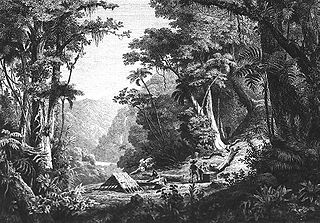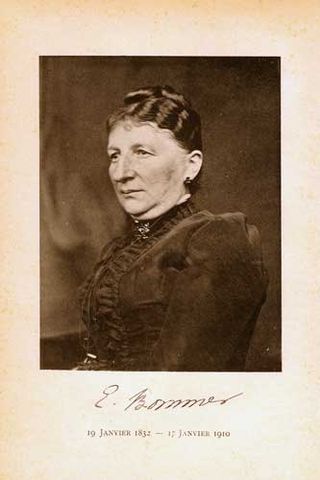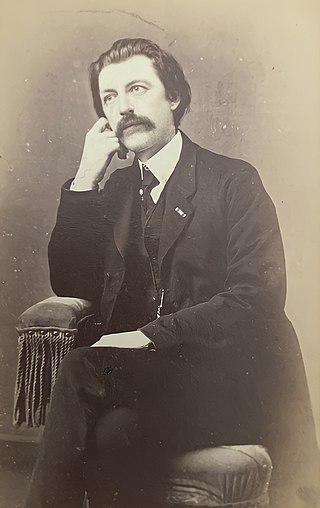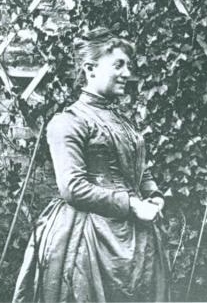
Hugh Algernon Weddell was a physician and botanist, specialising in South American flora.
Jean Baptiste Antoine Guillemin was a French botanist.
Charles Henri Marie Flahault was a French botanist, among the early pioneers of phytogeography, phytosociology, and forest ecology. The word relevé for a plant community sample is his invention.
Aimée Antoinette Camus was a French botanist. She was best known for her study of orchids and oaks. Camus also has the legacy of authoring the second highest number of land plant species among female scientists, in total naming 677 species.
Gustave Beauverd (1867–1942) was a Swiss botanist, specializing in Pteridophytes, Bryophytes, and Spermatophytes.

Jean Baptiste Louis Pierre, also known as J. B. Louis Pierre, was a French botanist known for his Asian studies.
Jacques Nicolas Ernest Germain de Saint-Pierre was a French botanist. The plant genera Diserneston of the family Apiaceae and Ernestella and Saintpierrea of the family Rosaceae were named in his honor.

Elise Caroline Bommer, née Destrée, was a Belgian botanist specialising in mycology, and was the wife of pteridologist and collector Jean-Édouard Bommer (1829–1895), who was professor of botany at University of Brussels in 1872. The standard author abbreviation E.Bommer is used to indicate this person as the author when citing a botanical name.

Louis Alexandre Henri Joseph Piré (1827–1887) was a Belgian botanist. He held the position of Professor of Botany at the Université Libre de Bruxelles.
François Victor Mérat de Vaumartoise was a French physician, botanist and mycologist.
Georges Jean Louis Malençon was a French mycologist known for his investigations of fungi native to North Africa and the Iberian Peninsula.

Napoléon Doumet-Adanson (22 October 1834, Guéret – 31 May 1897 Château de Balaine was a French naturalist. He was a botanist specialising in the flora of Tunisia. He was a founder member of the Société d'horticulture et de botanique de l'Hérault. Doumet was also interested in entomology. He was a Member of the Institut de France.

Édouard-Pierre-Marguerite Timbal-Lagrave was a French pharmacist and botanist. He specialized in the flora of southwestern France, including the Pyrénées and Corbières Massif.

Philippe Thomas was a French veterinarian and amateur geologist who discovered large deposits of phosphates in Tunisia. Despite the huge economic importance of his discovery, he received little recognition during his life. Monuments to Thomas in Tunisia were destroyed after the country gained independence.
Georges Le Mesle was a French geologist. He is best known for his work on the geology of northern and southern Tunisia, which he undertook between 1887 and 1891.

Marietta Hannon Rousseau, also known as Mariette Rousseau (1850–1926), was a Belgian mycologist and taxonomist specializing in cryptogamic plants and fungi. She published several works on fungi from 1879 to 1905 with Elisa Caroline Bommer, focusing primarily on Belgium.
Galium perralderii is a species of flowering plant, native to Algeria, in the family Rubiaceae.

Amédée Masclef was a French abbé and botanist best known for his three-volume 400-plate work 'Atlas des plantes de France' published in Paris in 1891 and re-issued in 1893. It was regarded as complementary to "Nouvelle flore du Nord de la France et de la Belgique" by Georges de Layens and Gaston Bonnier.
Étienne Marcellin Granié-Blanc, religious name Frère Sennen (1861–1937), was a French botanist and member (Brother) of the Catholic order Frères des écoles chrétiennes. He collected plants in France, Spain, and Morocco.
Maurice Léopold Joseph Bouly de Lesdain was a French botanist and lichenologist.









